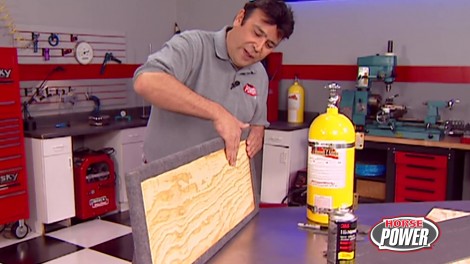
LSI Chevy Nitrous
We explore effective ways to enhance performance in a late model Camaro, utilizing a 125-horse nitrous kit to boost horsepower significantly. Following the simple installation of the nitrous system, we achieve an impressive 370 horses on the dyno, while also upgrading a budget Honda's aesthetics with new air dam and wing improvements, all within a modest budget increase.
Season 6
Episode 15





























